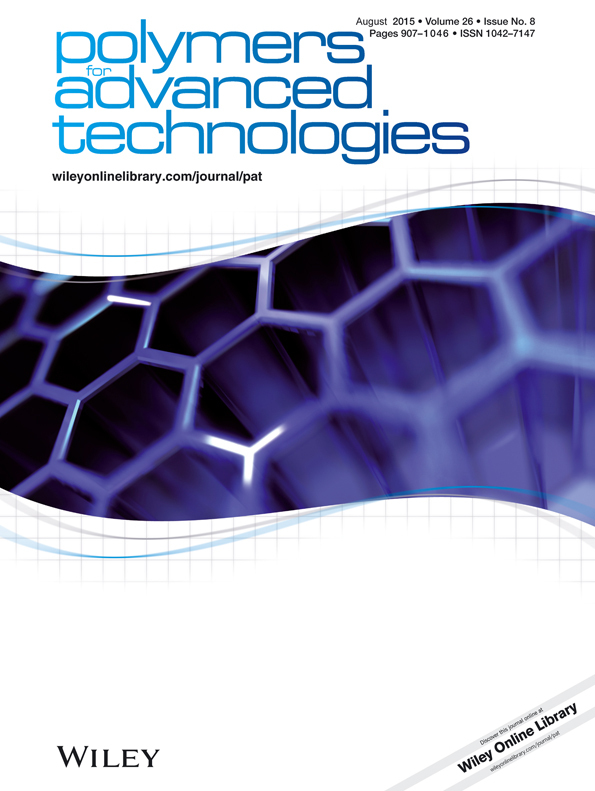Prediction models for the key mechanical properties of EPDM/PP blends as affected by processing parameters and their correlation with stress relaxation and phase morphologies
Abstract
The optimum condition of processing parameters (mixing temperature, rotor speed, fill factor, and blend ratio) and prediction models for the best key mechanical properties of ethylene propylene diene terpolymer/polypropylene thermoplastic vulcanizates (EPDM/PP TPVs) was investigated by using the Taguchi's optimization technique and data analysis. The results reveal that all of the processing parameters affected significantly the mechanical properties of the EPDM/PP TPVs, but specifically the blend ratio contributed more than 90% in effect size on tensile strength and tension set. There were three main factors, the mixing temperature, the fill factor, and the blend ratio, influencing the elongation at break. Furthermore, the mathematic models were effective and reliable in predicting the properties of TPVs. The correlation of mechanical properties, stress relaxation, and phase morphologies of the TPVs prepared from the predicted models was also investigated. It can be summarized that the morphological structure and stress relaxation of the TPVs were strongly governed by the EPDM content in the blend ratio. That is, the higher the EPDM content, the better phase morphology having smaller size of the vulcanized EPDM particles distributed in the PP matrix and the higher rate of stress relaxation. Moreover, these two properties were then principally pushing the mechanical characteristics of the EPDM/PP TPVs. Copyright © 2015 John Wiley & Sons, Ltd.




